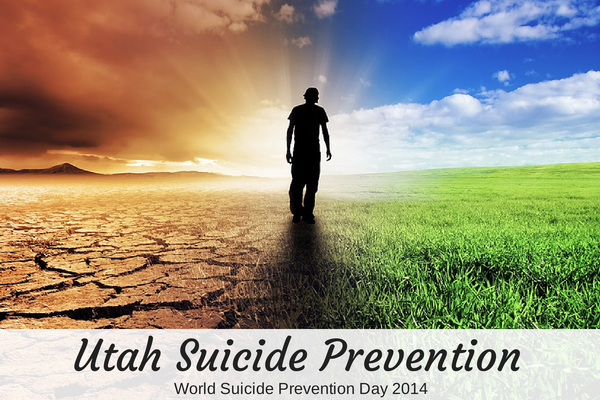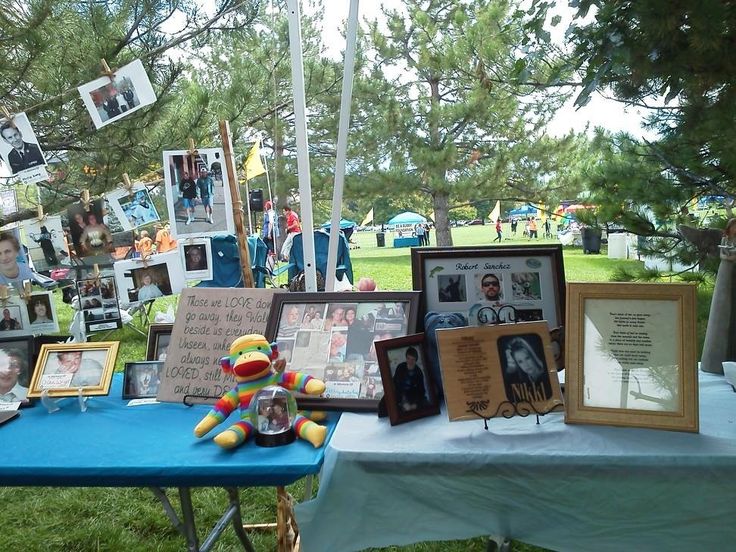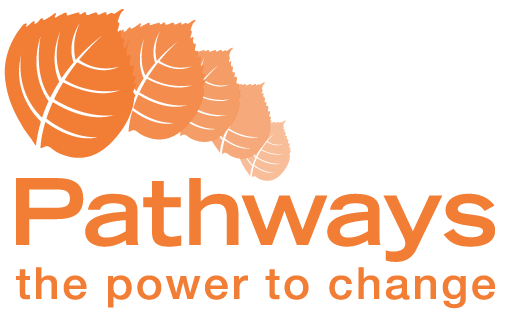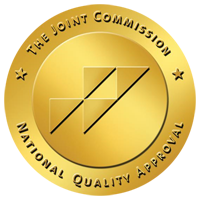Being Mindful of the Way We Talk About Suicide
The recent untimely death of Robin Williams shed new light on suicide, depression and other mental health issues. The media coverage of his death called attention to both proper and improper ways reports of suicide should be handled by the press. Some reporters focused on how Williams died. Others questioned why someone so successful and wealthy wanted to die. Some political pundits and religious zealots tried to place blame. One even called Williams a coward. Another referred to him as a sinner. The American Foundation for Suicide Prevention (AFSP), along with a number of other organizations, has written guidelines for the media to follow when reporting on suicide. The guidelines emphasize the need to strike a balance between reporting on the death without sensationalizing it. The media should resist providing specific details and instead focus generally on suicide as being a public health issue that affects everyone. Photos should be of the deceased at work or with family members. Photos of the scene where the death occurred or of grieving family members should be avoided. Informed reporters will mention risk factors and present warning signs that many folks who are suicidal may exhibit. Suicide prevention experts should be interviewed and focus placed on prevention, not sensationalism. A suicide prevention hotline phone number should be provided to viewers or listeners. The goal is to encourage potential “copycats” to seek help and prevent them from taking their own lives. This is an opportunity for news media to change public misperceptions about suicide and to avoid graphic and dramatic headlines.
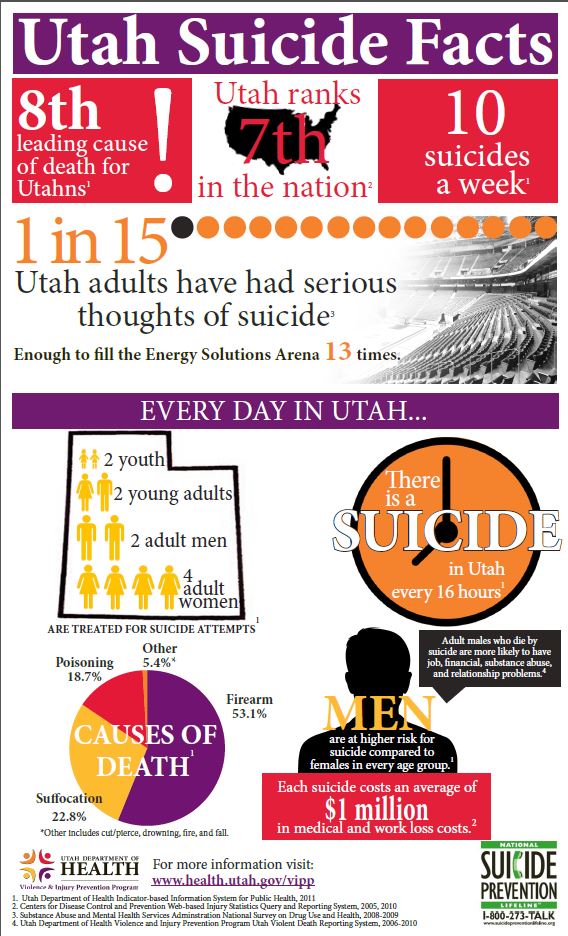
Photo Credit Utah Department of Health - Violence & Injury Prevention
Suicide risk factors
Suicide is the 10th leading cause of death in the United States. Different age and ethnic groups and genders have different risk factors. But, the biggest risk factor encompassing all groups is clinical depression. Ninety percent of all suicide victims suffered from either depression or some other mental disorder. Substance abuse is often found in conjunction with the depression or mental health problem. Nearly 50 percent of those who die by suicide have made a previous suicide attempt. Those suffering from a chronic illness or pain or who have a history of physical or sexual abuse are high suicide risks. Prolonged stress caused by, among other things, unemployment, financial loss, relationship struggles or bullying also create suicide risks. The odds of suicide increase when a person suffers from more than one risk factor at the same time or has a family history of mental illness or suicide. In addition to risk factors, those who are close to taking their own life often present warning signs.
Suicide warning signs
Not all of the nearly 40,000 people who commit suicide annually provide warning signs, but many of them do. Warning signs indicate the person may be in need of immediate help. Even if you recognize the warning signs, there may be nothing you can do to prevent the suicide. But, being aware of them may allow you an opportunity to intervene.
- Many talk about not wanting to live any more. They may say things like, “I want the pain to end” or “I just can’t go on any longer” or “I wish I were dead.”
- They talk about feeling trapped and seeing no way out.
- They may express feelings of being a burden to their family and other people.
- They become isolated and lose interest in doing things they formerly enjoyed.
- They may be very angry and talk about “getting even.”
- They are irritable and angry a lot.
- They focus on a way out, such as purchasing a gun or large quantities of medication.
These things should all be taken seriously. If you can help, the main thing is not to judge or lecture. Saying, “You have so much to live for” or “Think about how sad your family will be” are not helpful. Telling the person you are concerned and care is helpful. Ask if the person has thought of a plan or method. Find out if they have a therapist. Encourage them to get help and offer to schedule an appointment and go with them. If the threat seems immediate, do not leave them alone. Remove objects such as guns and pills from where they have access to them. Take them to the ER if necessary and call the National Suicide Prevention Lifeline on their behalf at 1-800-273-8255.
Utah Suicide Prevention Day
The AFSP has set aside September 10, 2014, as a national suicide prevention day. All across the country, there will be Out of the Darkness walks to raise money for suicide awareness, education, research and prevention. Different states and cities have established different dates during that week for sponsoring their own walks. Join us as we walk to honor those we have lost to suicide and those who are currently struggling with suicide ideation. We walk to save lives. We walk to end the stigma of depression and mental disorders. We walk to give a voice to those who need one. New activities are being planned every day. There will be activities for kids, a silent auction, prize drawing, live music, food and fun. We will have a memory table where you can display a photo of your loved one. Create or join a team today. Of all funds raised, 50 percent stays in Utah! We hope to see you there! Saturday, September 13, 2014 Registration begins at 9:00 a.m. PST Sugarhouse Park - 1350 E. 2100 S. Salt Lake City, Utah 84106
